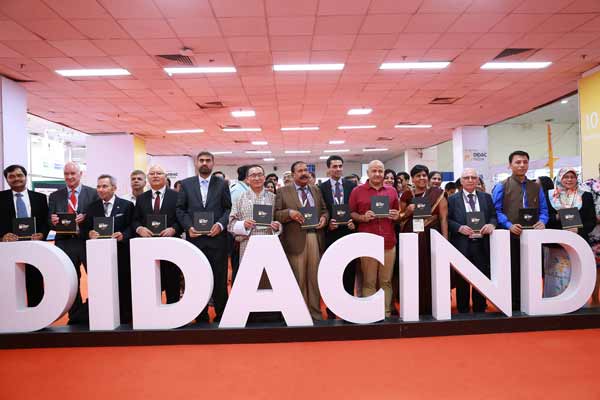
Q&A with Aditya Gupta, India Didactics Association
Published
Wednesday, 10 July
Author
Mark Rosser
Categories
Blog
July
Share
A BESA Q&A with Aditya Gupta, Didactics Association
This content is restricted to BESA members
LoginNot yet a member?
Become a part of the BESA community and unlock exclusive business advantages, including:
- Trusted provider status to enhance your industry credibility
- Exclusive discounts on major exhibitions and events
- Access to vital sector insights with resources like the BESA Barometer and Compass reports
- Networking opportunities with industry leaders
- Exclusive business benefits designed to help your organisation thrive
Join now and take advantage of BESA's membership benefits to stay ahead in the industry.
Become a member